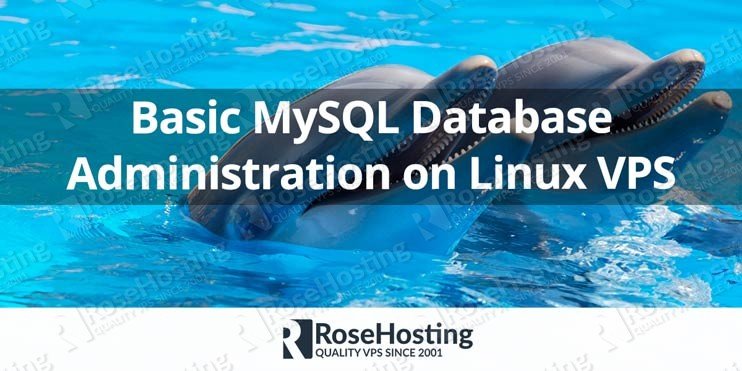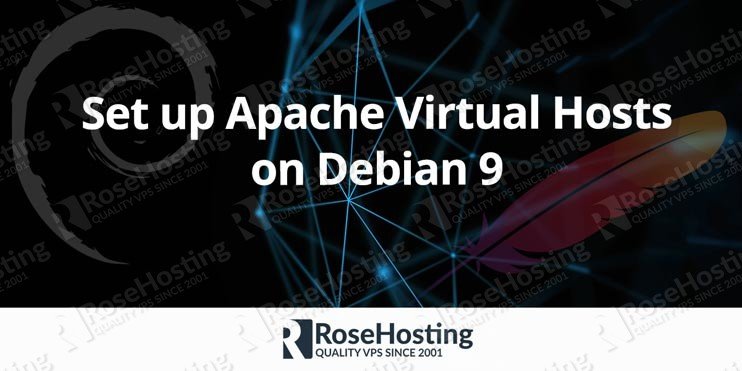
Linux-based operating systems, like all other operating systems, have processes and services that run while the machine is on. These range from various operating system services, to the command line, to different services/daemons designed to maintain the system and keep it running smoothly. Most services are vital to a process’ normal operation, ranging from helper services to special services designed to handle input, improve performance, offload resources, etc. Processes are also the backbone of a computer’s core functionality, making it important to have the resources for them all.







 We’ll show you how to fix serve static content from a cookieless domain error. When using a website analyzer tool such as PageSpeed Insights, GTMetrix, Pingdom, or Uptrends, a warning will often appear that says “Serve Static Content From a Cookieless Domain”. What this means is that your web server is setting cookies – this causes all future HTTP requests to include this cookie, creating unwanted network traffic. This in turn only slows down the speed of your website when a user tries to access it. If you need your website to be as fast as possible, switching to a cookieless domain is the way to go. A cookieless domain does not accept any cookies from any browsers, keeping the overall network traffic lower. The goal is to serve all static content – such as images, javascript, CSS, and more – all through a static, cookieless domain, which helps improve the speed at which these resources are downloaded.
We’ll show you how to fix serve static content from a cookieless domain error. When using a website analyzer tool such as PageSpeed Insights, GTMetrix, Pingdom, or Uptrends, a warning will often appear that says “Serve Static Content From a Cookieless Domain”. What this means is that your web server is setting cookies – this causes all future HTTP requests to include this cookie, creating unwanted network traffic. This in turn only slows down the speed of your website when a user tries to access it. If you need your website to be as fast as possible, switching to a cookieless domain is the way to go. A cookieless domain does not accept any cookies from any browsers, keeping the overall network traffic lower. The goal is to serve all static content – such as images, javascript, CSS, and more – all through a static, cookieless domain, which helps improve the speed at which these resources are downloaded.